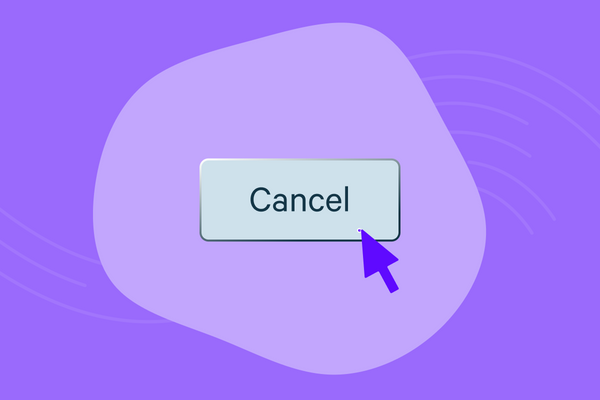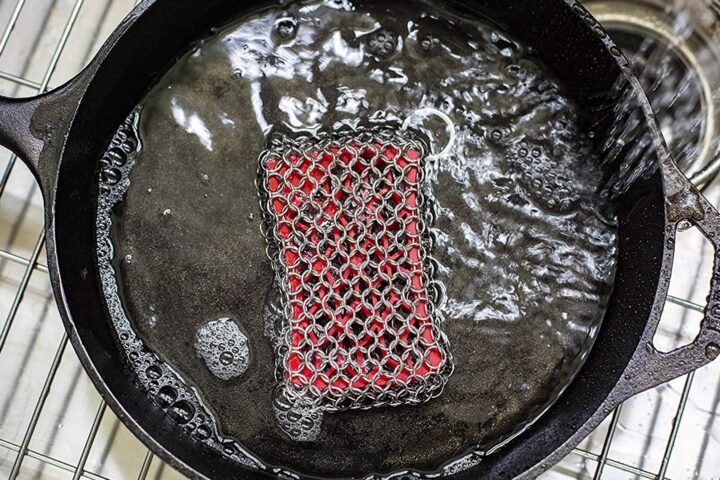Boiling chicken is a fundamental cooking skill that serves as the foundation for countless recipes. Whether you’re prepping for salads, soups, or casseroles, knowing how to boil chicken properly can ensure that your dishes are both flavorful and nutritious. This comprehensive guide will walk you through the steps to perfectly boil chicken, discuss the benefits of this cooking method, and provide tips to enhance the taste and retain the tenderness of the meat.
Understanding the Basics of Boiling Chicken
Boiling chicken is more than just throwing pieces of meat into a pot of water. It involves a careful process that, when done correctly, yields moist, tender, and flavorful meat. The process begins with choosing the right type of chicken for boiling. While you can boil any part of the chicken, bone-in breasts, thighs, and drumsticks are especially well-suited for this method due to their flavor and moisture content.
Preparing the Chicken for Boiling
Before you begin boiling the chicken, it’s essential to prepare it properly to maximize flavor and ensure food safety. Start by thoroughly rinsing the chicken under cold running water and then patting it dry with paper towels. If you’re using frozen chicken, ensure it’s fully thawed before boiling to achieve even cooking. To enhance the flavor, consider brining the chicken in a solution of water and salt for a few hours or overnight in the refrigerator. Brining helps to season the meat deeply and retain moisture during the cooking process.
The Boiling Process
- Choosing the Right Pot: Select a pot large enough to accommodate the chicken pieces without overcrowding, allowing for even cooking. Fill the pot with enough water to fully submerge the chicken, keeping in mind that the water level will rise when you add the chicken.
- Adding Flavor: While plain water can suffice, adding aromatics such as onions, garlic, carrots, celery, herbs, and spices can infuse the chicken with additional flavors, making it more versatile for various dishes.
- Bringing to a Boil: Place the chicken in the pot and bring the water to a rolling boil over high heat. Once boiling, reduce the heat to a gentle simmer. This slower cooking process helps to keep the chicken tender.
- Cooking Time: The cooking time will vary depending on the size and type of chicken pieces. Bone-in chicken will generally take longer than boneless cuts. As a general guideline, boneless chicken breasts require about 12-15 minutes, while bone-in pieces may need 20-30 minutes. Use a meat thermometer to ensure the chicken has reached a safe internal temperature of 165°F (74°C).
- Resting the Chicken: Once cooked, remove the chicken from the pot and let it rest for a few minutes before cutting into it. This resting period allows the juices to redistribute throughout the meat, ensuring it remains moist andder ten.
Tips for Perfectly Boiled Chicken
- Avoid Overcooking: Overcooked chicken can become tough and rubbery. Keep a close eye on the cooking time and temperature to ensure the chicken remains tender.
- Save the Broth: The water used to boil the chicken is now a flavorful broth that can be used as a base for soups, sauces, or cooking grains like rice or quinoa. Strain the broth to remove any solids and store it in the refrigerator for a few days or freeze it for longer storage.
- Shredding the Chicken: For recipes that call for shredded chicken, let the chicken cool slightly after boiling, then use two forks to pull the meat apart. Shredded chicken absorbs sauces and dressings more effectively, making it ideal for dishes like chicken salad or enchiladas.
Enhancing Flavor and Nutrition
While boiled chicken is praised for its simplicity and healthfulness, some may find it lacks the depth of flavor associated with other cooking methods. However, with a few culinary tricks, you can elevate the taste profile of your boiled chicken to make it just as enticing as its grilled or roasted counterparts.
- Marinating: Before boiling, consider marinating the chicken in a mixture of your favorite herbs, spices, and liquids like lemon juice, vinegar, or soy sauce. Marinating not only infuses the chicken with flavor but can also help tenderize the meat.
- Using Bone-In Pieces: Chicken cooked on the bone tends to be juicier and more flavorful. The bones add depth to the broth, which in turn seasons the meat. If convenience is a concern, bone-in pieces can easily be deboned after cooking.
- Cooking in Broth: Instead of using water, try boiling your chicken in chicken or vegetable broth. This will intensify the flavor of the meat and add a richer dimension to your dishes.
Creative Uses for Boiled Chicken
Boiled chicken is incredibly versatile and can be used in a myriad of culinary applications. Here are a few ideas to inspire your next meal:
- Salads: Shredded boiled chicken adds protein to salads, making them more filling and nutritious. Try adding it to a Caesar salad, a fresh garden salad, or a hearty grain salad.
- Soups and Stews: Boiled chicken is a staple in many soup and stew recipes. It can be used in everything from classic chicken noodle soup to more exotic fare like Thai coconut chicken soup.
- Sandwiches and Wraps: Shredded or sliced boiled chicken can elevate sandwiches and wraps, providing a healthy and tasty protein option.
- Pasta Dishes: Add boiled chicken to your favorite pasta dishes for a protein boost. It pairs well with a variety of sauces, from rich and creamy to light and zesty.
- Casseroles: Boiled chicken can be a time-saving ingredient in casseroles, offering tender, bite-sized pieces that absorb the flavors of the dish.
Conclusion
Boiling chicken is a simple yet versatile cooking technique that yields tender, flavorful meat perfect for a wide range of dishes. By following the steps outlined in this guide and incorporating your own choice of aromatics and seasonings, you can master the art of boiling chicken, making it a staple in your culinary repertoire. Remember, the key to perfectly boiled chicken lies in the preparation, cooking time, and temperature control. With practice, you’ll be able to produce moist and delicious chicken every time, ready to be the star ingredient in your favorite recipes.





